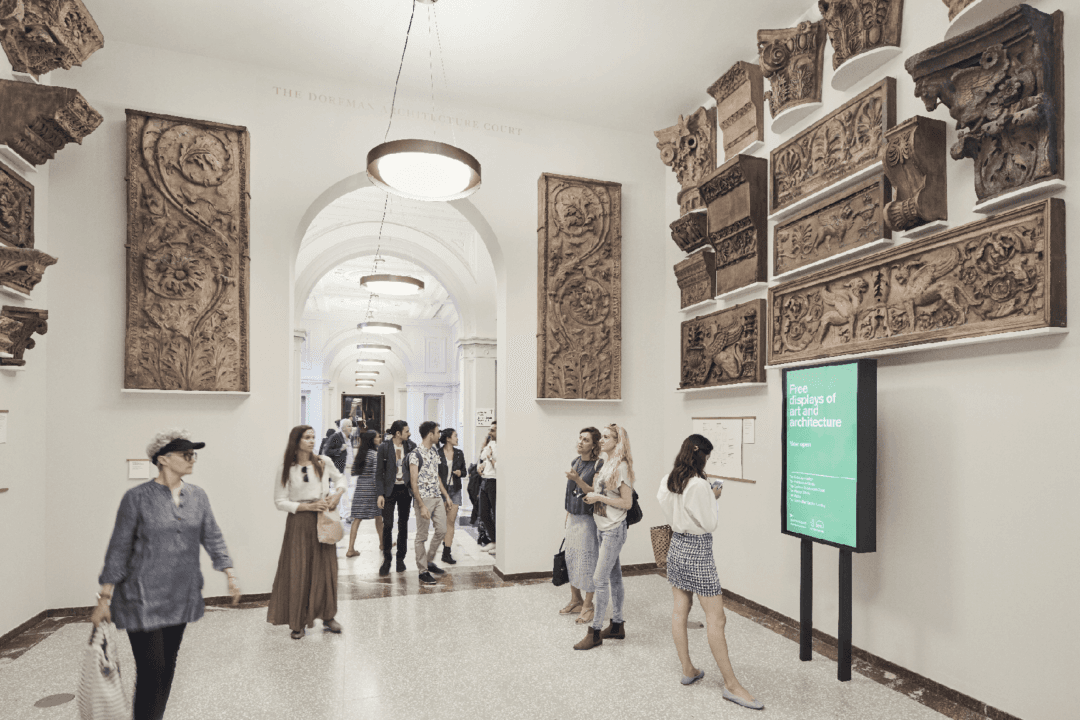Helen Valentine, a senior curator at the Royal Academy of Arts in London, shares how and why the Academy has approximately 500 architectural plaster casts: from small medieval heads coming from England’s cathedrals to huge plaster casts coming from the great architectural monuments of ancient Rome.
The primary purpose of having these architectural casts was for the architectural students who went to the Royal Academy Schools from 1769 through to the 1950s.






